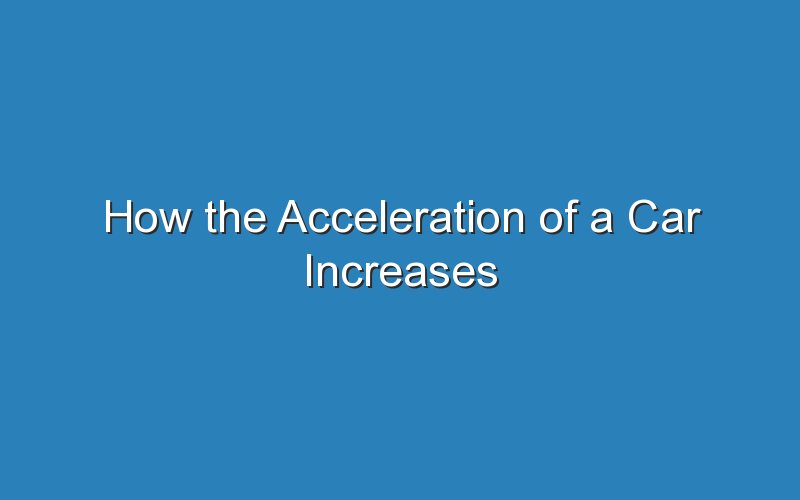The acceleration of a car increases uniformly when the acceleration of the vehicle is uniform. Let us take the case of a 6.0-kilogram cart travelling at 4.0 meters per second. As the car accelerates uniformly from 20 to 100 km/h, the initial speed of the car will be dfrac2509 m/s. In this case, the car will cover the same distance in 2.0 minutes.
In a simple example, consider a truck traveling at twenty-two kilometres per hour. The truck increases its speed uniformly from twenty to thirty-two kilometers per hour. Its speed remains constant for three seconds. For a 3.2-second time interval, the truck will have traveled 22 meters. This distance is the total distance covered in the same time period. This situation is called a “continuous increase” in speed.
For a vehicle that is travelling at twenty-two kilometres per hour (mph), the speed increases uniformly from twenty to thirty-two kilometers per hour. The car accelerates uniformly from zero to twenty-two kilometres per hour in ten seconds. Then, it continues to travel at that same speed for 40 seconds, and then brakes strongly to come to a stop in 38 metres. In this case, the acceleration of the vehicle during the acceleration phase is measured in m/s(2).
In the same manner, the acceleration of a truck increases uniformly from twenty-two to twenty-two kilometers per hour. It is then driven at a constant speed for forty-two seconds and then stops abruptly in 38 metres. This result equates to a 100-kilometre-per-hour speed. In this example, the speed is equal to the distance that the vehicle travels over the course of the 3.2-second time interval.
When the speed of a car is increased uniformely from twenty to twenty-two meters per hour, it accelerates from zero to one hundred kilometers per hour in about ten seconds. It continues at that rate for the next forty-three seconds, after which it abruptly brakes in 38 metres. During this same time, the acceleration is decreased from twenty-two to one hundred and eighty metres.
For example, a truck accelerates from zero to a maximum of 100 km/h in 10 seconds. It then continues at the same rate for forty-two seconds and then suddenly brakes wildly to stop in 38 meters. The total distance travelled by the car is calculated in m/s(2). The speed of the truck during the braking phase is measured in m/s(2).
The acceleration of a car is also constant when the speed of the vehicle is increased from 0 to a maximum of 100 km/h. If the speed of a car is increased uniformely from ten to twenty kilometers/h, it will accelerate to 100 km/h in 10 seconds. It will then accelerate at the same rate for another four seconds before stopping. The driver then brakes hard to stop the car in 38 meters.
During a braking phase, the speed of the car increases from zero to ten m/h. The driver then accelerates at the same rate for another ten seconds. The total acceleration of the car during a braking phase is likewise expressed in m/s(2). When a car accelerates uniformly from zero to ten km/h, the acceleration is constant from ten to one hundred meters/h.
A car is increased from zero to ten to twenty m/h in about a minute. A truck traveling at twenty m/h increases its speed by 2.4 m/s for 3.2 seconds. The total distance traveled during the braking phase is then multiplied by the speed of the truck. Similarly, a truck accelerates from a resting position at zero to a speed of two m/h in a few seconds.

